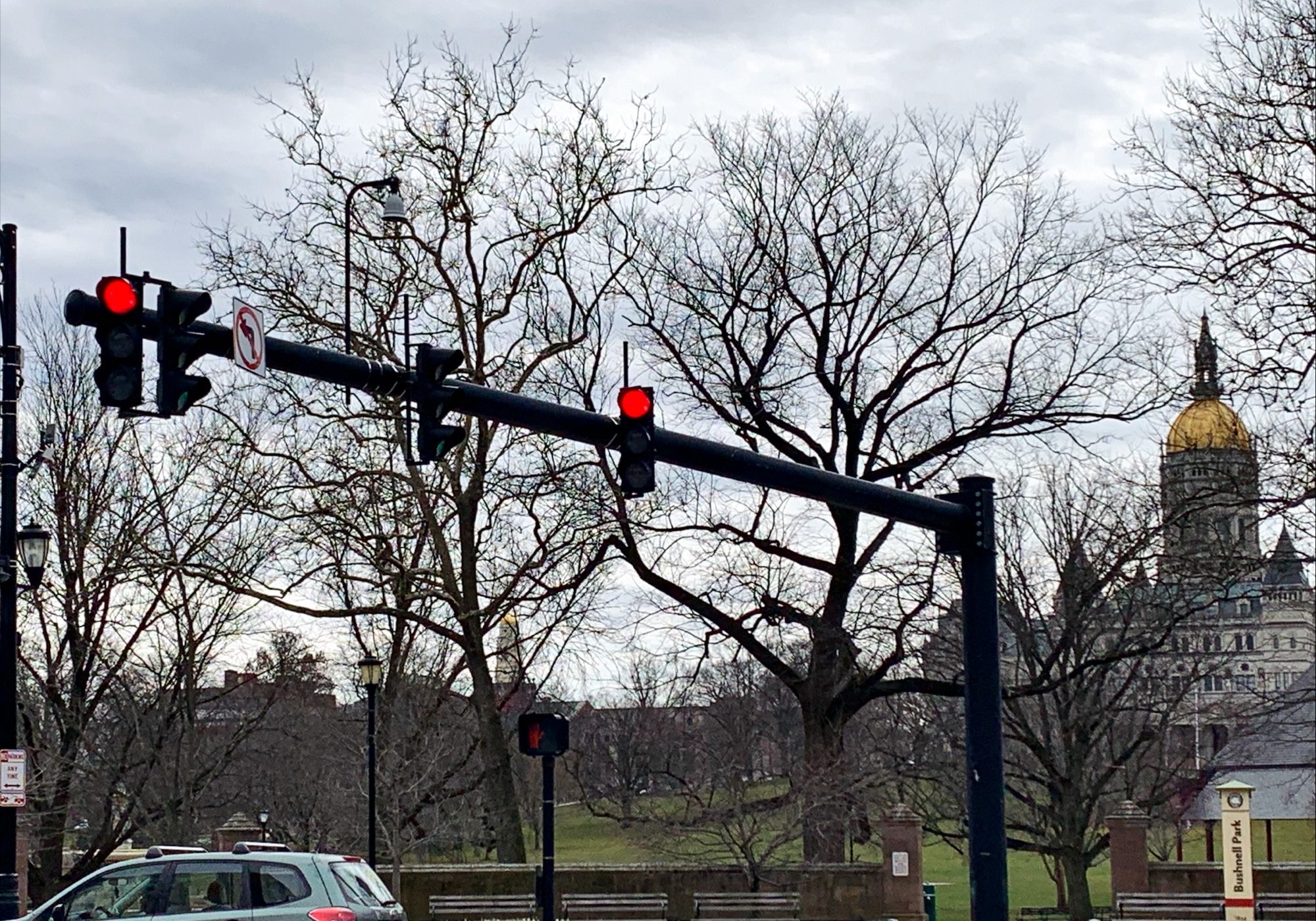WHY USE AUTOMATED TRAFFIC ENFORCEMENT SAFETY DEVICES?
- Improve roadway and pedestrian safety
- Change driver behavior
- Save lives
FINES FOR VIOLATIONS
- Devices that detect violations of municipal traffic ordinances may issue a citation, which will be mailed to the vehicle owner's address within 30 days after address confirmation by the CT DMV
- If a violation occurs within the first 30 days the enforcement device is working, the citation will result in a written warning
- The fine for a first violation may not exceed $50 for a first offense and not more than $75 for a subsequent violation
- Payment of fines can be made by electronic means
- A fee of up to $15 can be charged for electronic processing of a payment for the fine
- Any funds received by the municipality from fines imposed pursuant to this ordinance shall be used for the purposes of improving transportation mobility, investing in transportation infrastructure projects, or paying the costs associated with the use of automated traffic enforcement safety devices.
REQUIREMENTS OF THE ACT
CT Department Of Transportation (CTDOT) is required to develop, and revise as necessary, guidance for municipalities. Guidance will include ATESD plan development and submission, criteria used when evaluating plan submitted for approval, and ensure that the devices are installed in locations where they are likely to improve traffic safety and distributed equitably throughout the municipality
RESOURCES
CT DOT:
FINAL-ATESD-Guidance
Sample Ordinance Language
AAA: Check-list
OUTCOMES
The National Highway Traffic Safety Administration (NHTSA) and the Federal Highway Administration (FHWA) have observed that the presence of ATESDs can supplement other speed management techniques to alter driver speeding behaviors, and FHWA has identified these systems as a proven safety countermeasure that can reduce roadway fatalities and injuries by 20-37% (Montella et al, 2015; Li et al, 2015).


